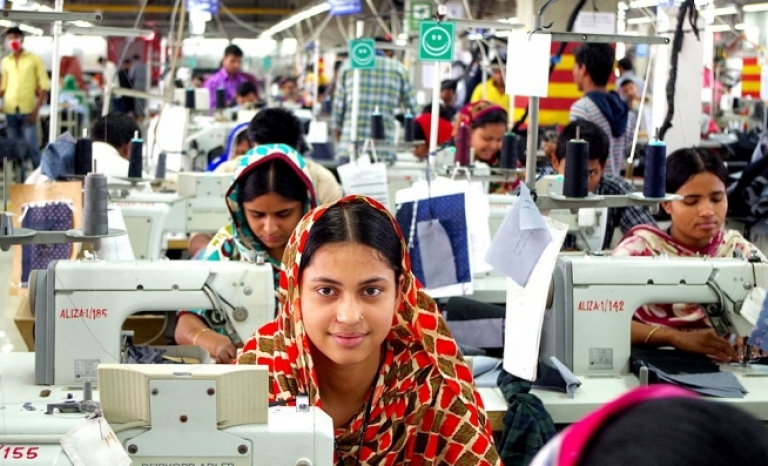Major fashion brands have embraced greenwashing to try convincing consumers that they are minimizing their impact. An initiative launched by Carro de Combate, SETEM and Campanya Roba Neta is trying to raise awareness on the advertising tricks used by the industry.
In recent years, several terms have emerged to refer to the current era. Some refer to it as the Anthropocene because of the important footprint left by human activities on our planet. Others refer to the “Capitalocene” to highlight that the footprint is really left by capitalism. All these terms are appropriate to define the recent decades of our history, especially since the middle of the 20th Century. However, we may consider that in recent years we have entered a new era, responding to the more recent times, where there are growing concerns for social and environmental aspects in our society: the era of greenwashing.
According to the European Union, more than half of advertisements on sustainability are vague, deceitful or are based on information with no grounds, and these are the most relevant: around 40% of these slogans have no evidence backing them. Also, out of the 230 sustainability labels in the EU, half of them have weak verification systems, or none at all.
And the fashion industry being one of the most polluting ones today, is one of the greatest examples of this. Entering a so-called fast-fashion store, of a brand that sells cheap garments, of a generally low quality, is like taking an express masters’ degree in greenwashing. Labels saying they’ve used recycled materials, collections made from organic cotton or other organic raw materials, and large signs with pictures of farmers from the Global South whom they are supposedly helping with their production.
Yet despite all this, we know that all these huge signs are just anecdotal, if not void of any truth at all. At Carro de Combate, in our research called #ModaBasura we studied the campaigns based on sustainability of large fashion brands since 2019 and found a consistent pattern: collections made from recycled materials represent a tiny proportion of their total sales; many claims are based on vague concepts such as “more sustainable” and, more importantly, none of these slogans deal with the root causes that are overproduction and overconsumption.
However, most consumers feel at loss with such a display of adverts. Are these slogans really true? Is it best to buy from a large fashion firm because they claim to use such materials? And what happens with the garments we then leave in their recycling programmes? For all the above, on the occasion of World Environment Day observed on 5th June each year, Carro de Combate has joined SETEM and the Campanya Roba Neta to launch an initiative to raise awareness on some of the main advertising fibs used by large fashion brands.
Through seven infographic displays, the initiative looks at the most used advertisement tricks, ranging from alleged zero. emission strategies, which don’t solve the problem, to feminist claims on their T-shirts made by women in countries in the Global South with abusive labour conditions, among others.
The piles of clothes in the Atacama Desert or in Kenya’s dumps are just some of the visible evidence of the social and environmental disaster brough on by the fast-fashion industry, but they are not the only ones. The fashion industry is one of the greatest greenhouse gas emitters, even greater than international flights and maritime trade together. It represents more than 92 million tons of waste each year and generates around 20% of wastewater worldwide.
The fast-fashion industry releases half a ton of microfibers into the ocean each year and all this has a far too big footprint to waste time on greenwashing. We cannot allow them to continue tricking us.












Add new comment